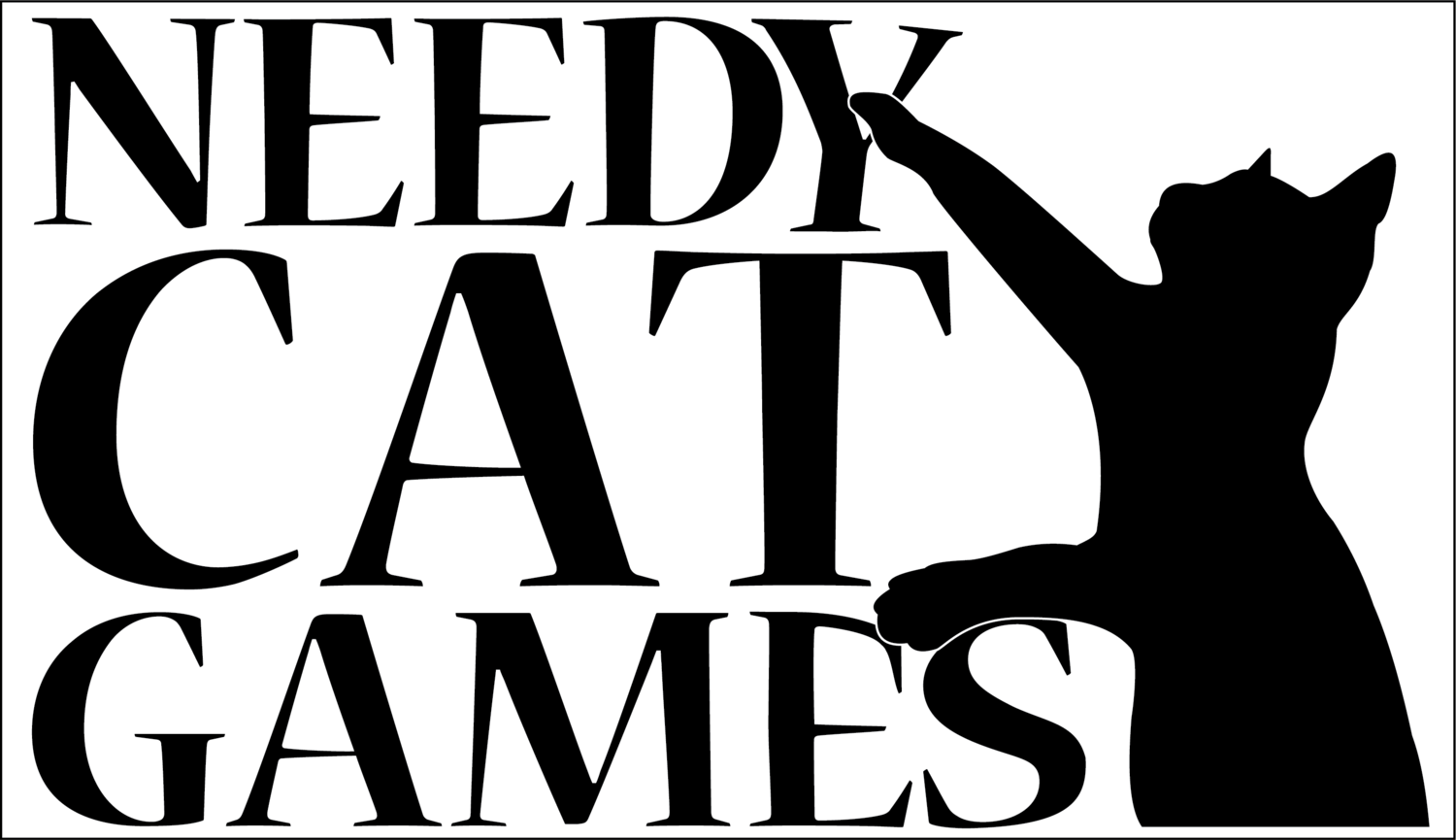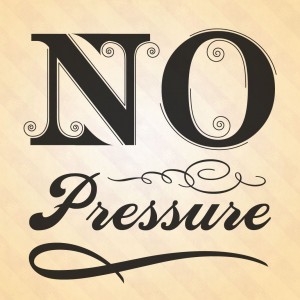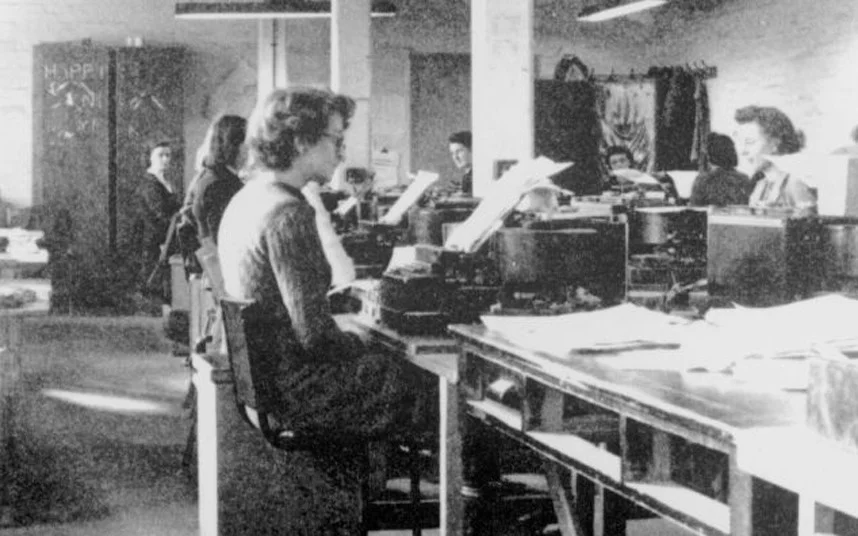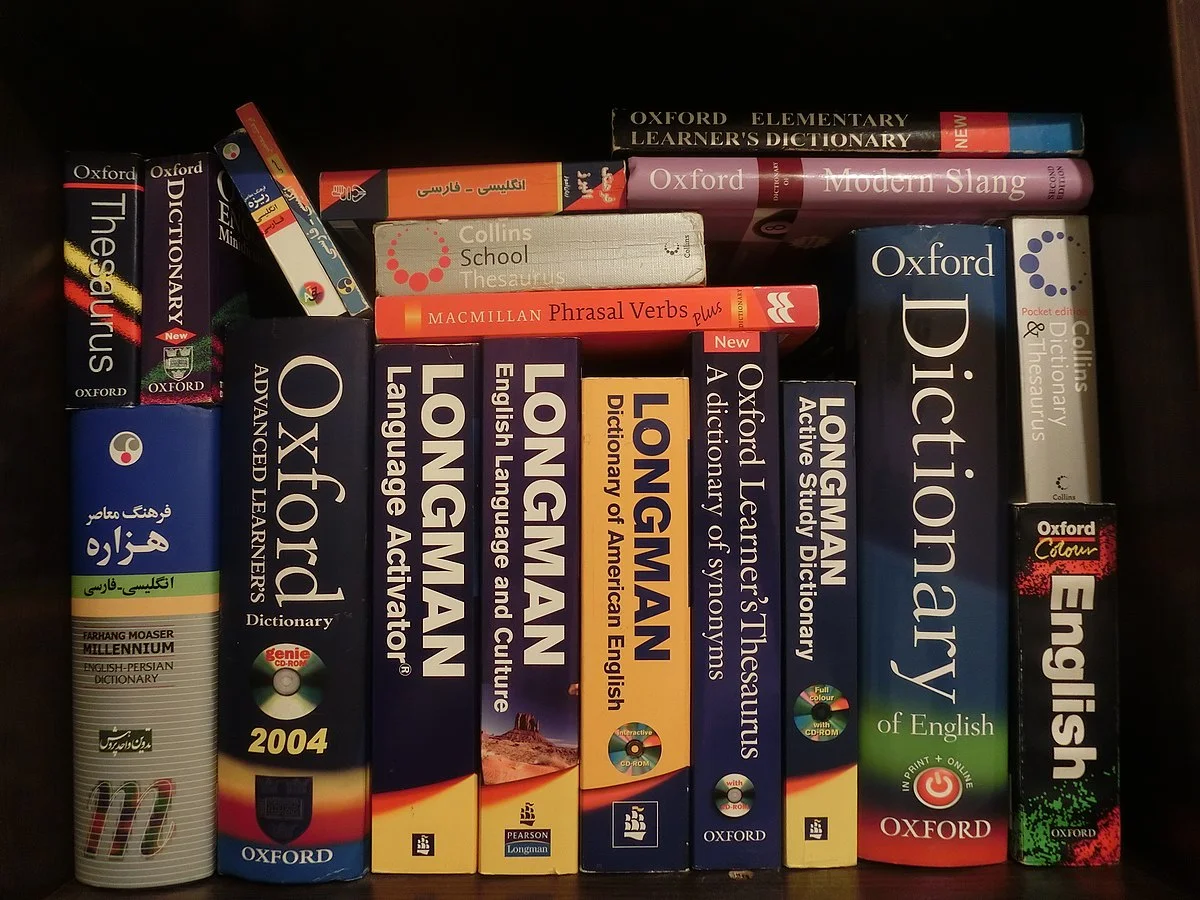Today is the day that the Ancient Grudges: Bonefields rules get released as a beta test into the wide world. It’s a weird sensation to release something that I know is a) unfinished, b) flawed and c) my first game.
I know that feedback is invaluable (I’m going to be writing an entire blog on the value of feedback) and that this will ultimately make a better game. However, it’s still a painful process. Not because the feedback will be wrong or unjust, but because creatives always see themselves in their work. By putting something up that I’ve written, I’m not only asking for critique of the game, but I am, in some way, asking for critique on my game design philosophy, my approach to writing and my imagination.
Those things are very dear to my heart. Anyone who is passionate about a thing will hold strong opinions and notions about how that thing should be approached. When you create a thing, people who are also passionate about the same thing will tell you in no uncertain terms whether or not they agree with you. It’s a daunting prospect. However, as I said before - feedback is always good. Even if it has to be deciphered.
Pictured: me, finding insights in feedback. Probably.
The beta rules give people a basic runthrough of the game, using a basic scenario and the two starter warbands available through the Kickstarter campaign (the starter warbands being Starter Set A (Goblins) and Starter Set B (Dwarfs), including their respective spellcasters). The rules do not yet include the Fanatical Goblin or Dwarf Wight - let's get the basics sorted before we get onto the advanced stuff.
There are two core mechanics to the game which I feel make Bonefields a bit interesting:
Spellcasters can ‘boost’ models in their warband by allocating Magic Tokens to individuals. These allow those models to use the magic token at any given time to confer a bonus. Each model has specific Boost Abilities which allow them to use the Magic Token in different ways. It also gives the two forces a slightly different feel. They are both short and undead, and the temptation is to make them very similar in rules terms. The fact is, on a neverending wasteland of bones where two armies have been battling for aeons, both sides have basically the same raw materials, so they're never going to be that different, but this rule allows us to capture a little of what makes the Goblin ‘Gobbliny’ and the Dwarfs ‘Dwarfy’.
Those are real words. I looked them up. Honest.
The other mechanic is dice pools, which is how the fighting works. A dice pool is a collection of dice, the number of which is determined by the model’s fighting prowess, their equipment and any Boost Abilities (as mentioned above) they may have. You roll your pool, and generally keep the highest score - although some modifiers might let you keep more than one, giving you the chance to score multiple hits.
Attacks can also be buffed by adding Mobbing into the mix. All models in Bonefields have the ability to mob enemy models, meaning they band together, using sheer weight of attacks as a way to fight (and giving a bonus to both the number of dice rolled and kept). I feel this reflects a very undead feel of fighting - overwhelming their opponents as opposed to there being any actual skill involved (no offence, dead dwarfs).
Both these parts of the game system offer some really interesting potential in terms of the next stage for the game development. I’m already working on levelling up rules and a campaign that can be played with friends to improve your fighting force. Just with these two mechanics there are loads of options that could be added to make models improve as they level up. They could gain more Boost Abilities, or be able to be boosted more than once? Perhaps they’ll be able to add additional dice into their Dice Pool? Or keep more from their attacks?
Do let me know what you think might be cool abilities! I know I mentioned how painful feedback can be, but it really is the most effective way to ensure the best possible game. Also, people have come up with some great ideas so far and I’m sure I wouldn’t necessarily think of all the things that have been suggested. Thanks in advance for taking the time to read through, play games and helping to make Ancient Grudges: Bonefields the best game it can be!
The full rules document is available here. I hope you enjoy it - and if you do, please support the game on Kickstarter!




